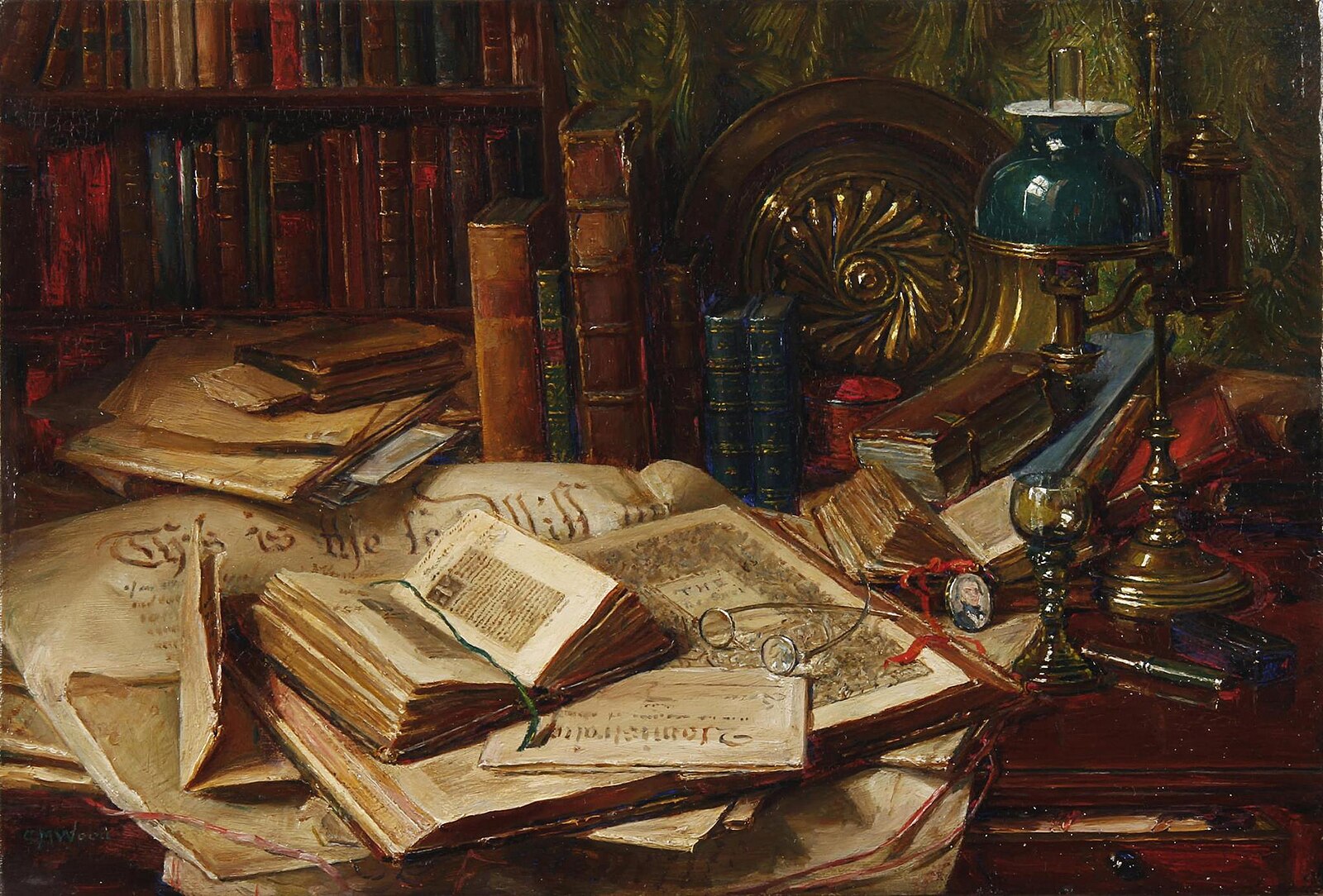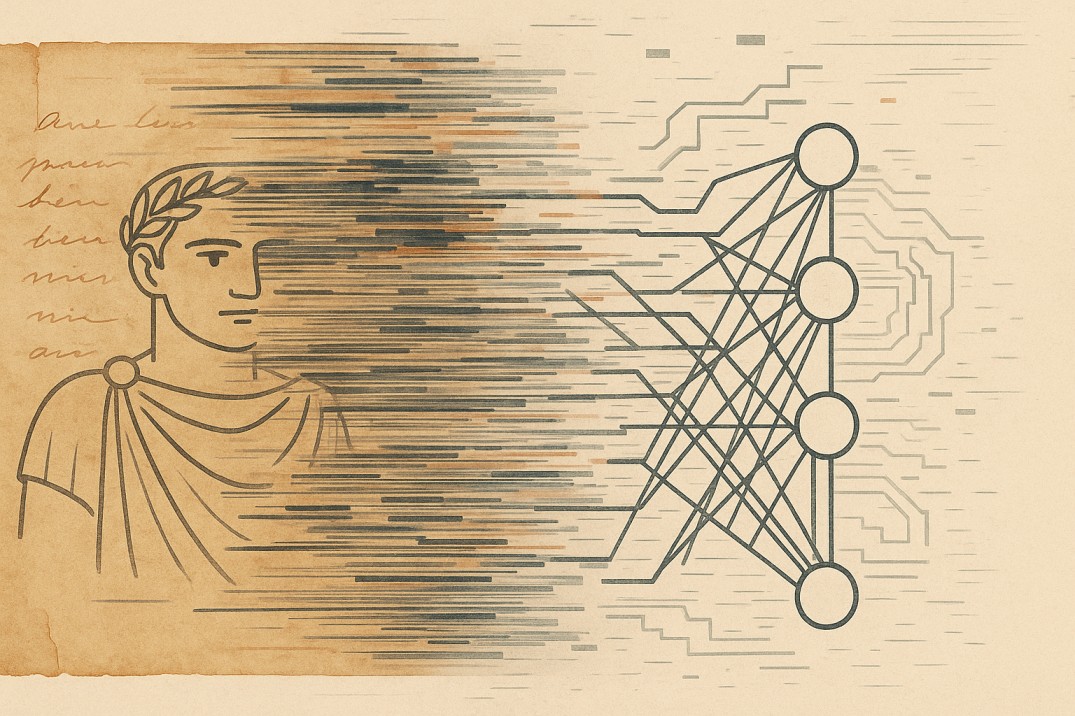AI in Historical Research: 2025 Insights and Trends
The intersection of Artificial Intelligence and historical research is rapidly evolving, changing the ways scientists access, analyze, and interpret history.
In 2025, AI tools—from large language models to advanced data-processing pipelines—are no longer experimental; they are actively integrated into workflows, enabling historians to tackle complex questions, process vast multilingual corpora, and uncover connections that might remain hidden.
This article surveys the latest developments and insights, highlighting case studies, projects, and emerging trends that illustrate how AI is expanding the boundaries of historical inquiry while underscoring the enduring importance of the historian’s interpretive expertise.
Key Articles and Insights
The AI-Augmented Research Process: A Historian's Perspective
Christian Henriot’s case study examines how AI, particularly large language models (LLMs), integrates into historical research workflows alongside conventional computational methods.
It emphasizes that AI complements rather than replaces historians, supporting tasks like processing large text corpora while maintaining scholarly rigor and interpretive responsibility.
Henriot outlines a nine-step research process—spanning question formulation, literature review, methodology design, source collection, analysis, argument building, drafting, peer review, and dissemination—mapped across three domains:
- LLM: Tasks delegated to AI.
- Mind: The historian’s interpretive contributions.
- Computational: Programming-based methods (e.g., Python, R).
At each step, AI aids with tasks such as identifying research gaps, translating and summarizing sources, visualizing data, detecting patterns, refining arguments, and generating metadata for wider dissemination.
Yet, interpretation, argumentation, and ethical oversight remain firmly with the historian. The key takeaway: AI expands research capabilities but does not replace human expertise.
AI, Digital Humanities, and the Legacies of Colonial Power
The article written by Kostas Karpouzis examines the intersection of artificial intelligence and the digital humanities, with a particular focus on how AI can perpetuate or challenge existing power structures in knowledge production.
It argues that AI tools—ranging from text-mining algorithms to language preservation systems—are often trained on datasets that reflect Western-centric perspectives, which can marginalize non-Western knowledge traditions.
Through detailed case studies, including the Slave Voyages database and projects aimed at preserving indigenous languages, the author illustrates the dual role of AI: it can reinforce historical inequities or serve as a means of promoting more inclusive approaches to scholarship.
The article emphasizes the importance of community-driven data governance, diverse datasets, and inclusive design practices to mitigate these biases.
This work is significant for researchers and practitioners in AI, digital humanities, and postcolonial studies, offering a critical perspective on how technological innovation intersects with historical and cultural power dynamics.
Artificial Intelligence in the Digital Humanities
A recent article in the Journal of Artificial Intelligence Research and Innovation explores how AI is transforming the study of historical texts.
The MAGIC project focuses on manuscripts and books from the 14th–17th centuries, combining AI with chemical, physical, and microbiological analyses to preserve and interpret these works.
Key contributions include:
- Digital Restoration: AI algorithms reduce “bleed-through” in scanned pages, improving readability of deteriorated manuscripts.
- Transcription Enhancements: AI-powered OCR and Handwritten Text Recognition tools, including Kraken and ByT5 models, help accurately transcribe ancient texts.
- Interdisciplinary Insights: Beyond AI, the project employs DNA and chemical analyses to understand paper composition and mold contamination, offering a holistic approach to preservation.
The article demonstrates how AI can bridge technology and humanities, making centuries-old knowledge more accessible to researchers and students alike.
Mind the Language Gap in Digital Humanities: LLM-Aided Translation of SKOS Thesauri
The paper “Mind the Language Gap in Digital Humanities: LLM-Aided Translation of SKOS Thesauri” presents WOKIE, an open-source, modular pipeline for automating the translation of SKOS thesauri.
Language diversity often limits access, reuse, and interoperability of knowledge resources in Digital Humanities, and WOKIE addresses this challenge by combining external translation services with targeted refinement using Large Language Models (LLMs).
Designed to run on standard hardware without requiring prior expertise in machine translation, WOKIE is accessible to a wide range of users.
The authors evaluated the tool across several thesauri in 15 languages, showing improvements in translation quality, performance, and ontology matching.
By facilitating smoother cross-lingual access and reuse of structured knowledge, WOKIE supports more inclusive and multilingual research infrastructures in the Digital Humanities.
State of the Art on Artificial Inteligence Resources for Interaction Media Design in Digital Cultural Heritage
A recent study (arXiv:2507.19537) introduces WOKIE, an open-source pipeline designed to automate the translation of SKOS thesauri. By combining external translation tools with Large Language Models, WOKIE enhances multilingual access to knowledge resources, particularly for non-English and low-resource languages.
The system is easy to deploy, runs on standard hardware, and improves translation quality, scalability, and cross-lingual interoperability. Evaluated across 15 languages, WOKIE demonstrates significant potential for making digital humanities research more inclusive and globally accessible.
Conclusion
In 2025, AI is proving to be an increasingly indispensable partner in historical research, not by replacing human expertise but by amplifying it. Across diverse applications—from large-scale text analysis and manuscript preservation to multilingual translation and postcolonial scholarship—AI enables historians to process vast data, uncover hidden patterns, and engage with sources in novel ways.
At the same time, these advancements highlight enduring responsibilities: the interpretive judgment, ethical considerations, and critical oversight that only human scholars can provide. As demonstrated by projects like MAGIC and WOKIE, the integration of AI into historical research fosters both methodological innovation and greater inclusivity, bridging linguistic, cultural, and technical gaps.
The future of historical inquiry lies not in choosing between humans or machines, but in a collaborative synergy where AI tools expand the horizons of scholarship while historians remain the guiding intellects behind interpretation, argumentation, and ethical stewardship.




.jpg)




